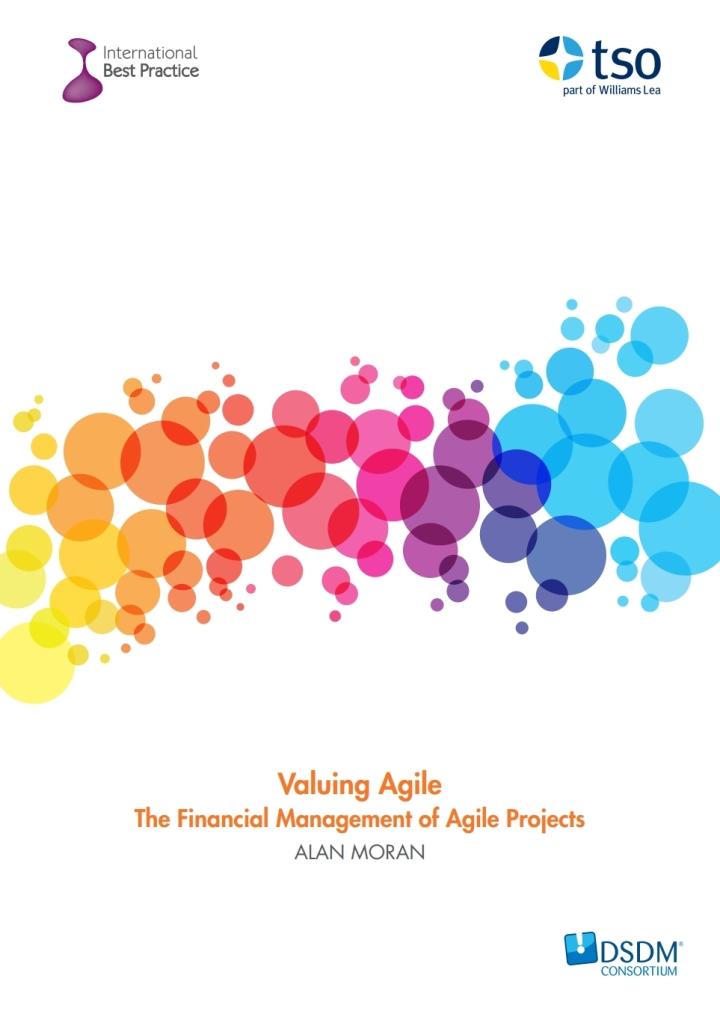
3. Over a long period, the total risk could still be substantial as what happened from 2001 to 2010. In this case, a "buy-and-hold" strategy could still end up with low return. In contrast, a strategy, like Dollar Averaging, could perform well. The following table provides annual returns from SPY (an ETF that mimics S&P 500 index). Year 2001 2002 2003 2004 2005 2006 2007 2008 2009 2010 Retum -0.0710 -0.1676 0.2532 0.0315 -0.0061 0.1629 0.0643 -0.3384 0.1471 0.1812 Suppose you have $10,000 at the beginning of 2001, and a risk-free bond yielded 3%. What would be your total wealth at the end of 2010, and what is your geometric annual return if each of the following strategy is implemented? (a) Strategy A (Buy-and-Hold): Invest the total amount of money in SPY at the beginning of 2001. (b) Strategy B (Market Chasing): Invest everything in SPY if last year's retum is positive: invest only 80% in stock and the rest in the risk-free bond if last year's retum is negative. (Assuming year 2000 is a good year) (c) Strategy C (Dollar-Cost-Averaging): Adding $1000 additional money into your investment in SPY at the beginning of each year. (Assuming you do not have the $10,000 at the beginning, and can only come up with $1000 at the beginning of each year) (d) Comparing the above three strategies, what can you say? 3. Over a long period, the total risk could still be substantial as what happened from 2001 to 2010. In this case, a "buy-and-hold" strategy could still end up with low return. In contrast, a strategy, like Dollar Averaging, could perform well. The following table provides annual returns from SPY (an ETF that mimics S&P 500 index). Year 2001 2002 2003 2004 2005 2006 2007 2008 2009 2010 Retum -0.0710 -0.1676 0.2532 0.0315 -0.0061 0.1629 0.0643 -0.3384 0.1471 0.1812 Suppose you have $10,000 at the beginning of 2001, and a risk-free bond yielded 3%. What would be your total wealth at the end of 2010, and what is your geometric annual return if each of the following strategy is implemented? (a) Strategy A (Buy-and-Hold): Invest the total amount of money in SPY at the beginning of 2001. (b) Strategy B (Market Chasing): Invest everything in SPY if last year's retum is positive: invest only 80% in stock and the rest in the risk-free bond if last year's retum is negative. (Assuming year 2000 is a good year) (c) Strategy C (Dollar-Cost-Averaging): Adding $1000 additional money into your investment in SPY at the beginning of each year. (Assuming you do not have the $10,000 at the beginning, and can only come up with $1000 at the beginning of each year) (d) Comparing the above three strategies, what can you say







